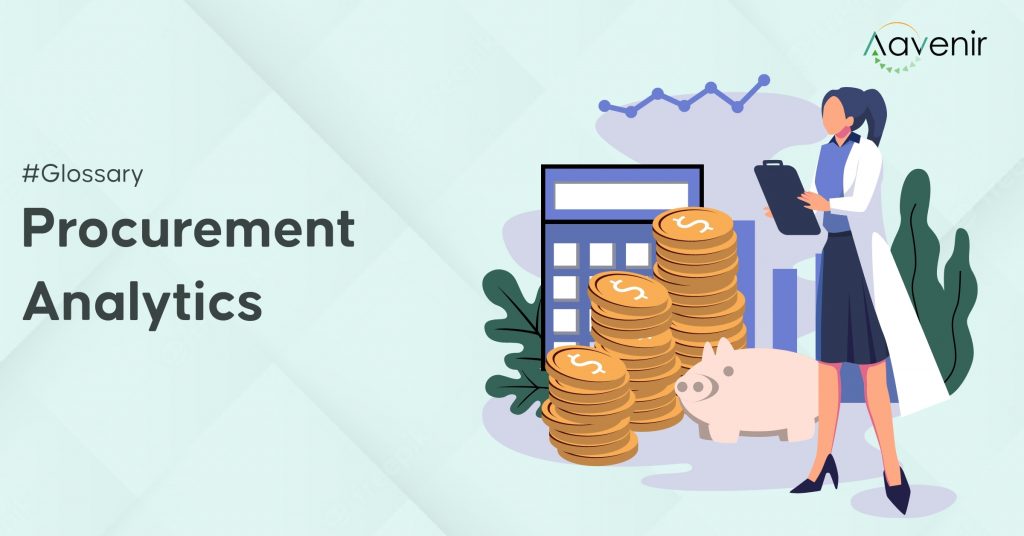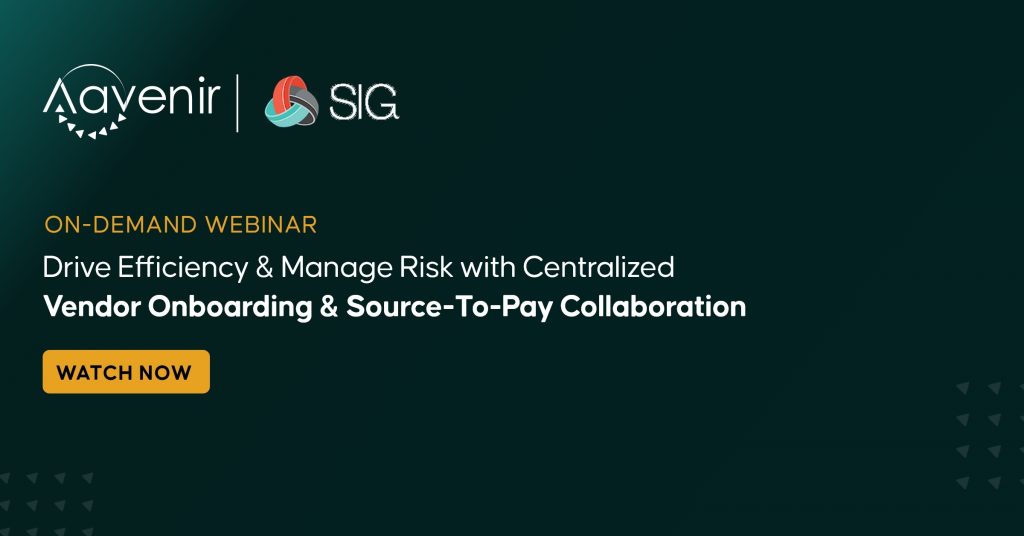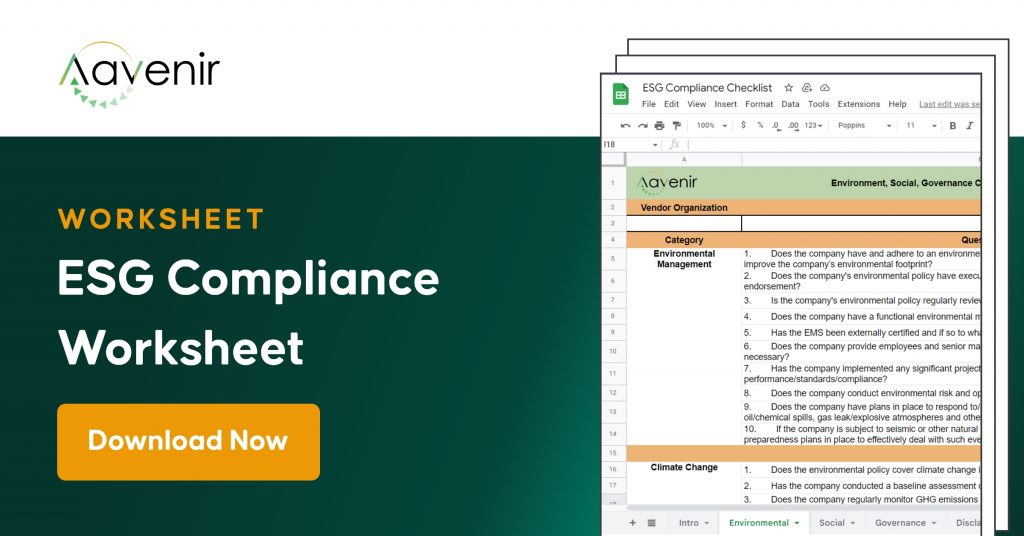What is Procurement Analytics?

Procurement analytics is the process of gathering and analyzing data from various sources, classifying this data, and generating insights that might aid in the optimization of an organization's sourcing and purchasing processes.
Statistics indicate that procurement analytics hold the key to long-term, sustainable success. Using the right metrics, firms could turn procurement from a standard cost-cutting function to a source of competitive advantage. According to Deloitte's 2021 survey of CPOs, analytics is the technological activity having the most significant influence on a company.
Procurement analytics is a broad concept with far-reaching ramifications. This glossary will deconstruct the various procurement metrics that procurement teams can utilize to optimize spending and the solutions that provide sophisticated procurement analytics.
Understanding Procurement Analytics
Advanced procurement analytics can assist firms in gaining data to better vendor segmentation, minimize tail expenditure, save money, and maximize annual purchasing strategy.
Procurement analytics can leverage historical data to negotiate better rates with suppliers.
Data visualization is only one aspect of spending and procurement analytics. One way to think about procurement analytics is to compare it to oil refining. It is concerned with gathering, purifying, and enriching vast amounts of data from different systems to provide economic value.
Procurement analytics adds value by providing more accurate, rapid, and actionable business insights and the ability to measure procurement's impact on the bottom line.
Procurement organizations can use analytics to explain, forecast, or enhance company performance. Also, it helps in efficient and data-driven decision-making. Automating routine procurement procedures frees time and attention for relationship management and strategic decision-making.
4 Categories of Procurement Analytics
- Descriptive analytics: Data is analyzed to describe what happened over a specific historical period
- Diagnostic analytics: Data is analyzed to describe why something happened over a specific historical period
- Predictive analytics: Data is analyzed to anticipate future procurement performance
- Prescriptive analytics: Predictive models are further analyzed to aid in strategic decision making
Procurement teams have historically employed descriptive and diagnostic analytics to answer queries like, "How can we save money on procurement this year vs. last year?" However, today's e-procurement platforms enable procurement teams to address issues such as tail spend regularly.
Data determine the success of advanced procurement analytics: is there enough of it, and is it of high quality? Procurement analytics makes use of data from both internal and external sources.
Examples of internal sources are data from enterprise resource planning (ERP) systems, accounting data, supplier data, and historical financial records. External data sources include commodities prices, third-party proprietary sources, supplier industry codes, credit ratings, and more.
This data has become invaluable – for teams that understand how to use it. The focus of most procurement experts is the ability to simulate multiple business scenarios and create procurement strategies based on the most likely results.
Why is Procurement Analytics Important?
It's a prevalent misperception that spend analysis is the only application of analytics in procurement. Analytics affects every activity, from category management to procure-to-pay procedures. Here are a few main arguments favoring analytics in various procurement functions.
Analytics in category management
Analytics can give category managers superpowers when appropriately applied. Category managers can identify cost-saving opportunities with the help of procurement analytics. They can also segment and rank suppliers, find potential sources of supply, address supply-chain risks, monitor sustainable performance, build relationships with suppliers, and promote innovation.
Analytics in strategic sourcing
Data is used to advise the most effective business tactics. For example, analytics in strategic sourcing aids in determining when and where to hold sourcing events and requests for proposals. It can decide which suppliers should be included in sourcing projects and offer detailed data on suppliers' quality and risk profiles.
Analytics in contract management
Analytics add value throughout the contract lifecycle management process. It can notify you when contracts need to be renegotiated or provide information for supplier negotiations. Furthermore, analytics can discover maverick spending to aid compliance and increase contract coverage.
Analytics in the source-to-pay (S2P) process
Analytics can also be quite beneficial on the transactional side of procurement. For example, you can use analytics to track purchase order cycles and enhance payment conditions. You may assess payment accuracy, identify rebate opportunities, identify incorrect payments, and reduce fraud.
Final Thoughts
Many businesses rely on advanced analytics to help them cut tail spending. Companies that use the correct data might save up to 12% on their tail budget. Most importantly, today's procurement analytics tools handle the heavy lifting.
The sheer volume of data makes employing predictive analytics essentially impossible without e-procurement technologies. Machine learning is at the forefront of technological improvements in many industries, particularly procurement, allowing teams to manage more spending with the same bandwidth.

Explore Additional Resources To Know More




